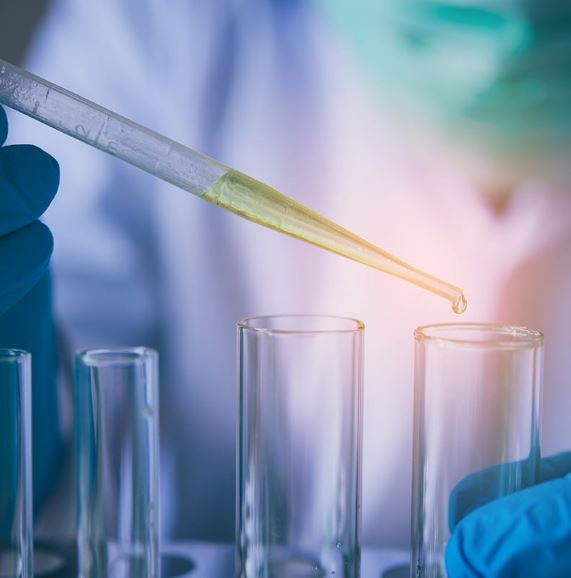Can You Beat an ETG Alcohol Test? Myths vs. Facts
When it comes to passing an EtG (ethyl glucuronide) test, commonly known as a urine alcohol test, misconceptions abound. The EtG UA test is widely used in workplaces and legal settings to detect alcohol use even days after drinking. While some think they can “beat” the test with various tricks, the science behind EtG tests tells a different story. Here, we’ll break down common myths versus the facts to help you understand how EtG urine alcohol testing truly works.
What is an EtG Alcohol Test?
An EtG urine alcohol test detects ethyl glucuronide, a byproduct of ethanol—the intoxicating component in alcohol—that remains in the body after drinking. Unlike breathalyzer tests, which only detect current intoxication, EtG tests can confirm if alcohol was consumed within the last 24 to 72 hours, depending on the quantity consumed.
The popularity of EtG tests is due to their sensitivity and longer detection window. As such, these tests are commonly used in probation, workplace compliance, and treatment monitoring scenarios.
Myths vs. Facts About EtG Tests
Myth #1: Drinking Lots of Water Can “Flush Out” Alcohol
Fact: While drinking water can dilute urine, it cannot completely eliminate the presence of EtG. High water intake might reduce concentration in a sample, but it cannot erase evidence of alcohol consumption. Diluted samples are often flagged in testing, leading to potential re-testing. Additionally, laboratories have protocols to detect abnormally diluted samples, which means that attempting to “flush out” alcohol is usually unsuccessful.
Myth #2: Certain Products Will Create a False Positive
Fact: Some products like mouthwash or hand sanitizers contain small amounts of alcohol, and heavy exposure could lead to minimal EtG traces. However, reputable testing centers, like POM Drug Testing Services, typically set threshold limits to avoid false positives. This means that regular incidental exposure to alcohol-based products won’t usually yield a positive result. Only significant or repeated exposure could potentially impact the outcome.
Myth #3: Only Heavy Drinking is Detectable
Fact: The EtG test can detect even low levels of alcohol consumption. Even if someone only had a single drink, EtG might be detectable for up to 24 hours afterward. Heavy drinking, however, can extend the detection window to 72 hours or more. The test doesn’t measure how much was consumed—only whether alcohol was metabolized, which dispels the myth that only binge drinking is detected.
Why EtG Tests Are So Difficult to Beat
Due to the sensitivity of EtG urine alcohol testing, many “hacks” are ineffective. Let’s explore why:
- Long Detection Period: Because EtG can stay in the system for up to three days, individuals cannot rely on quickly metabolizing alcohol out of their bodies. This longer window makes it challenging to time consumption in a way that avoids detection.
- Lab Techniques and Sample Validity: Modern labs are aware of common tricks like dilution and masking agents. These labs analyze the sample for abnormalities, and any attempt to interfere with sample integrity could lead to flagged or inconclusive results or even more thorough re-testing.
- Cutoff Levels: EtG tests often use specific thresholds to confirm alcohol consumption while minimizing false positives. These levels ensure that minimal incidental exposure to alcohol-containing products doesn’t yield a positive test.
Strategies for Passing an EtG Test (the Right Way)
While there are no shortcuts to avoid detection if alcohol has been consumed, there are a few ways to ensure the EtG test result is accurate without any false positives:
- Avoid Alcohol-Based Products: For those required to test frequently, avoiding products with alcohol—like certain mouthwashes, sanitizers, or cosmetics—can reduce the likelihood of trace levels appearing in a test.
- Stay Informed About Detection Windows: Knowing that alcohol can linger in your system for up to 72 hours, plan accordingly if you need to avoid testing positive in sensitive scenarios.
- Choose Testing with Reliable Labs: Working with reputable facilities, such as POM Drug Testing Services, can provide peace of mind. These labs adhere to quality standards and employ effective cutoff levels to ensure that results reflect true alcohol consumption.
Key Takeaways: Understanding and Preparing for an EtG Test
Here’s a quick summary of what to remember about EtG UA tests:
- Detection Window: Alcohol can be detected for up to 72 hours in some cases.
- Threshold Levels: Reputable labs apply thresholds to distinguish actual alcohol consumption from incidental exposure.
- Avoid Shortcuts: Methods like drinking excess water or using masking agents usually don’t work and may result in flagged samples.
EtG Testing: An Effective Tool with Limitations
EtG urine alcohol test offer a reliable way to detect recent alcohol use, but like all testing methods, they’re not flawless. By understanding the myths versus facts about EtG testing, individuals can be better prepared and avoid missteps that might lead to inaccurate results.
For those seeking accurate, reliable EtG testing, POM Drug Testing Services provides professional, secure services with the highest testing standards. If you need a test or want more information, contact POM Drug Testing Services today to learn more.






